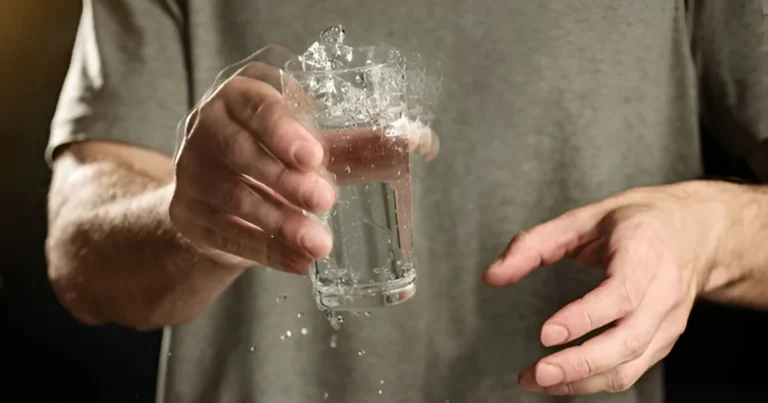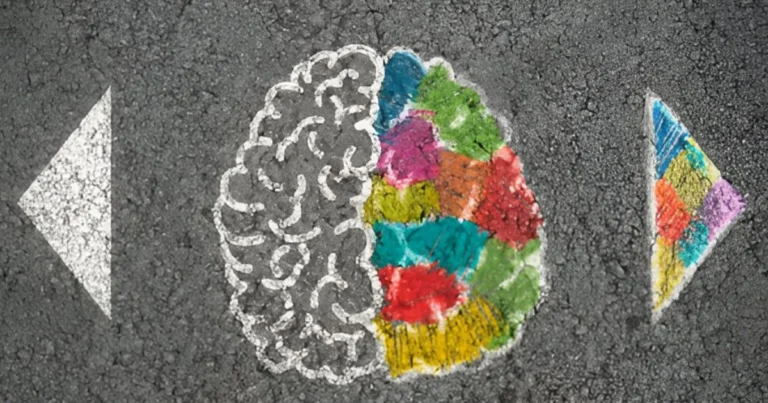Alzheimer’s puzzle through the lens of mathematics
Alzheimer’s disease remains one of the most formidable challenges in neurology, both in terms of its growing prevalence and the complexity of its underlying mechanisms. While amyloid plaques and tau tangles are well-established pathological markers, a fundamental question persists: why do certain brain regions deteriorate early, while others show remarkable resistance? This selective vulnerability and…










